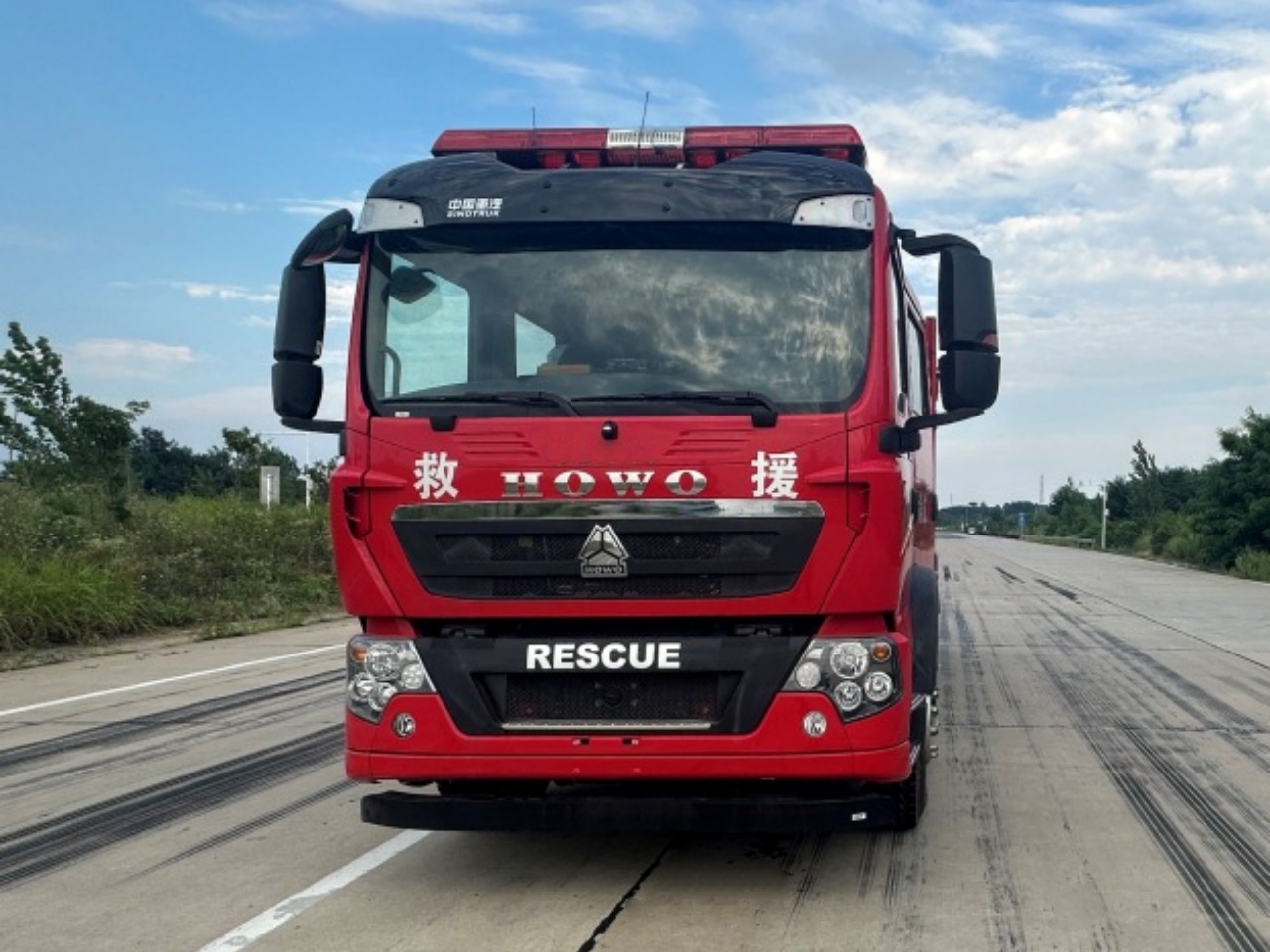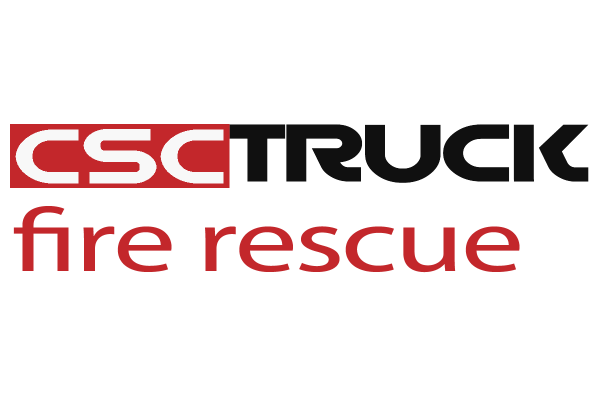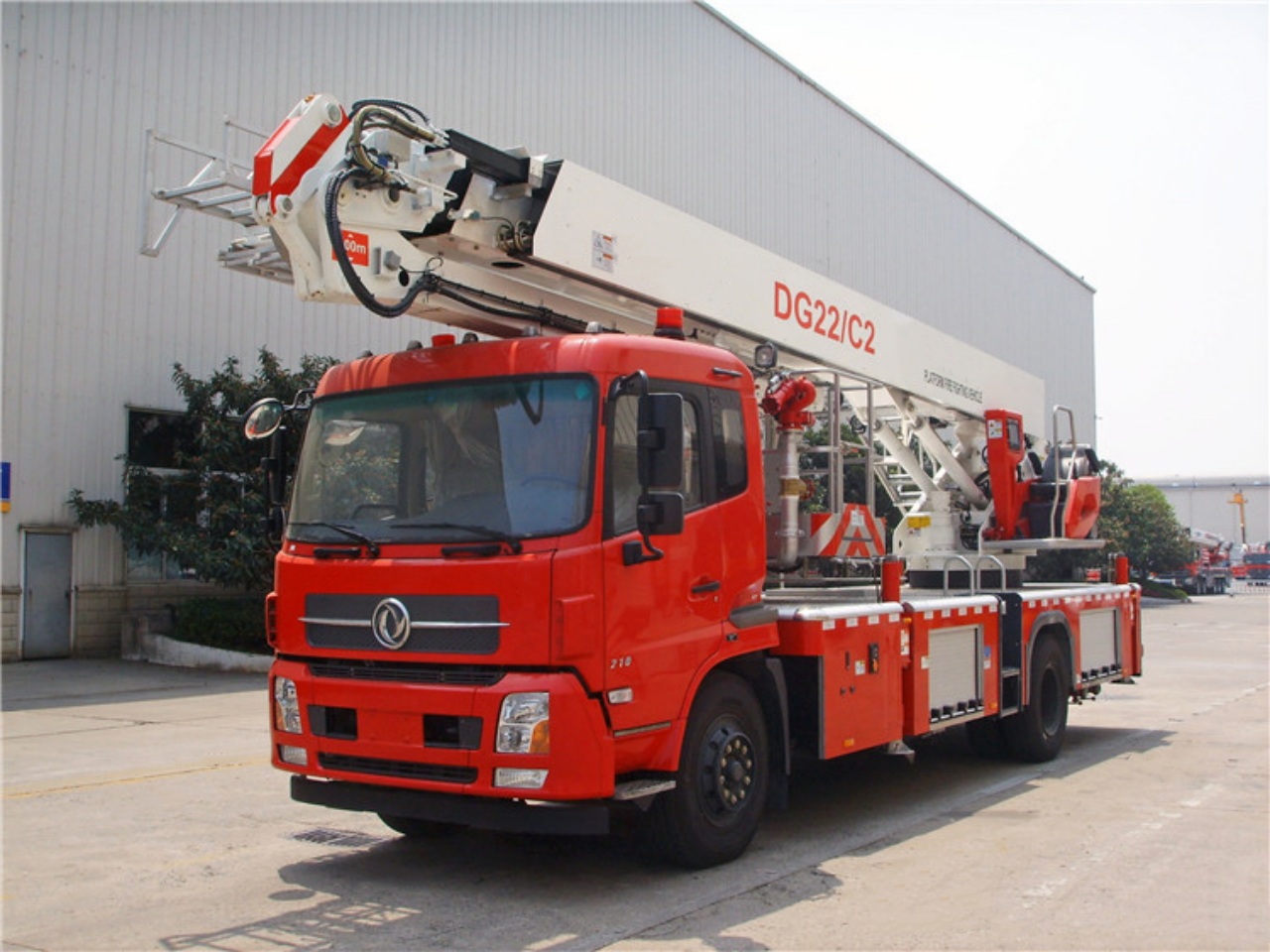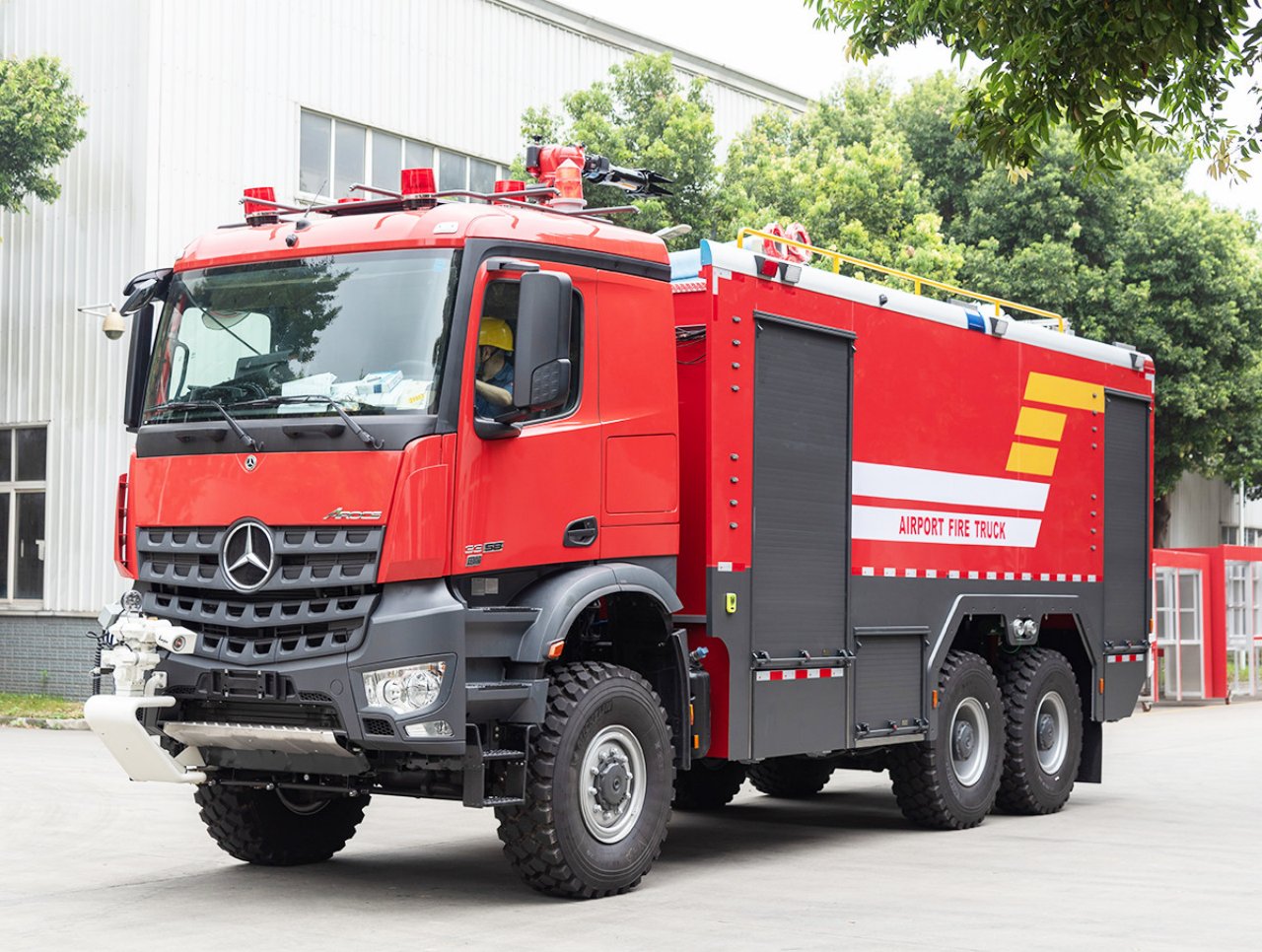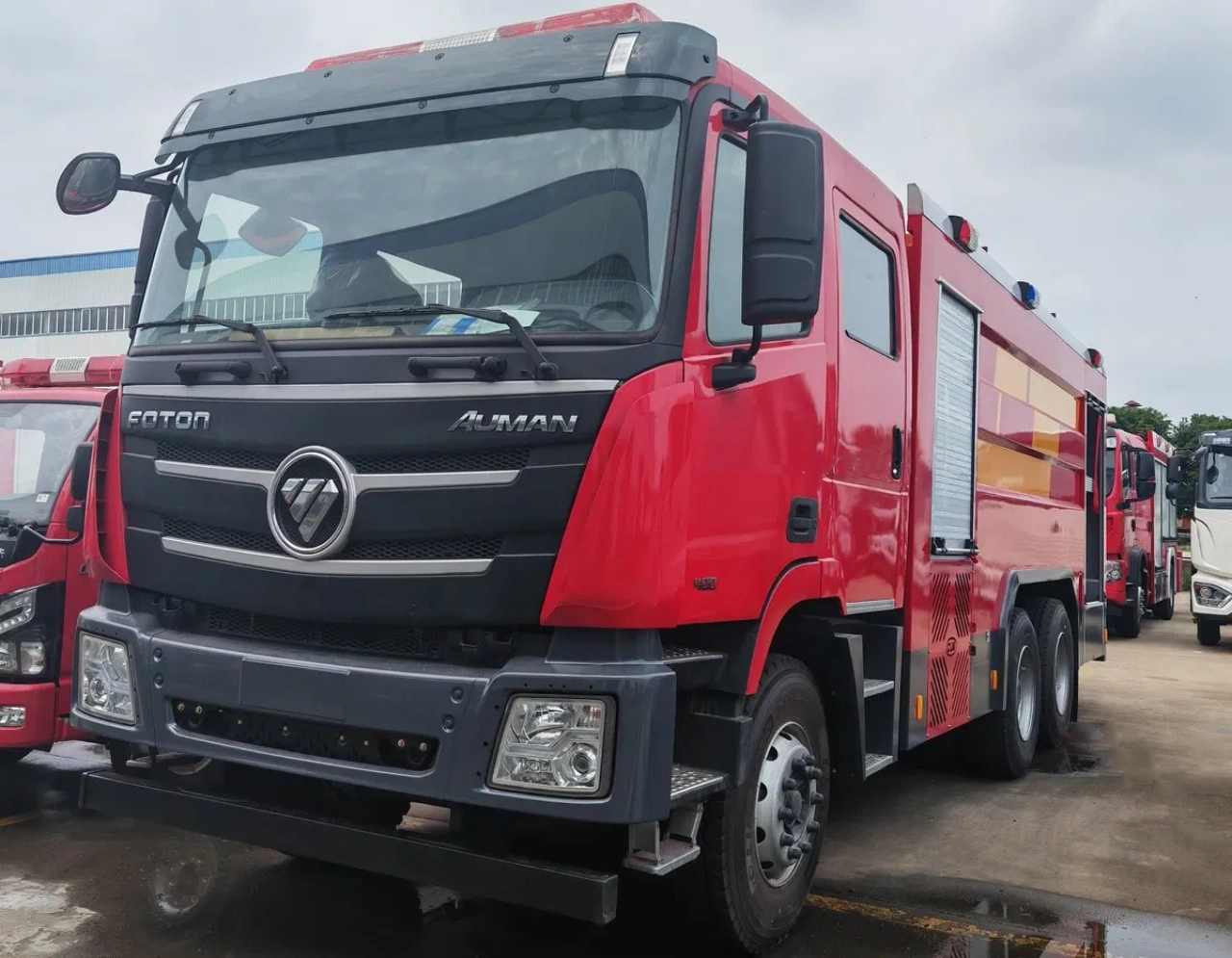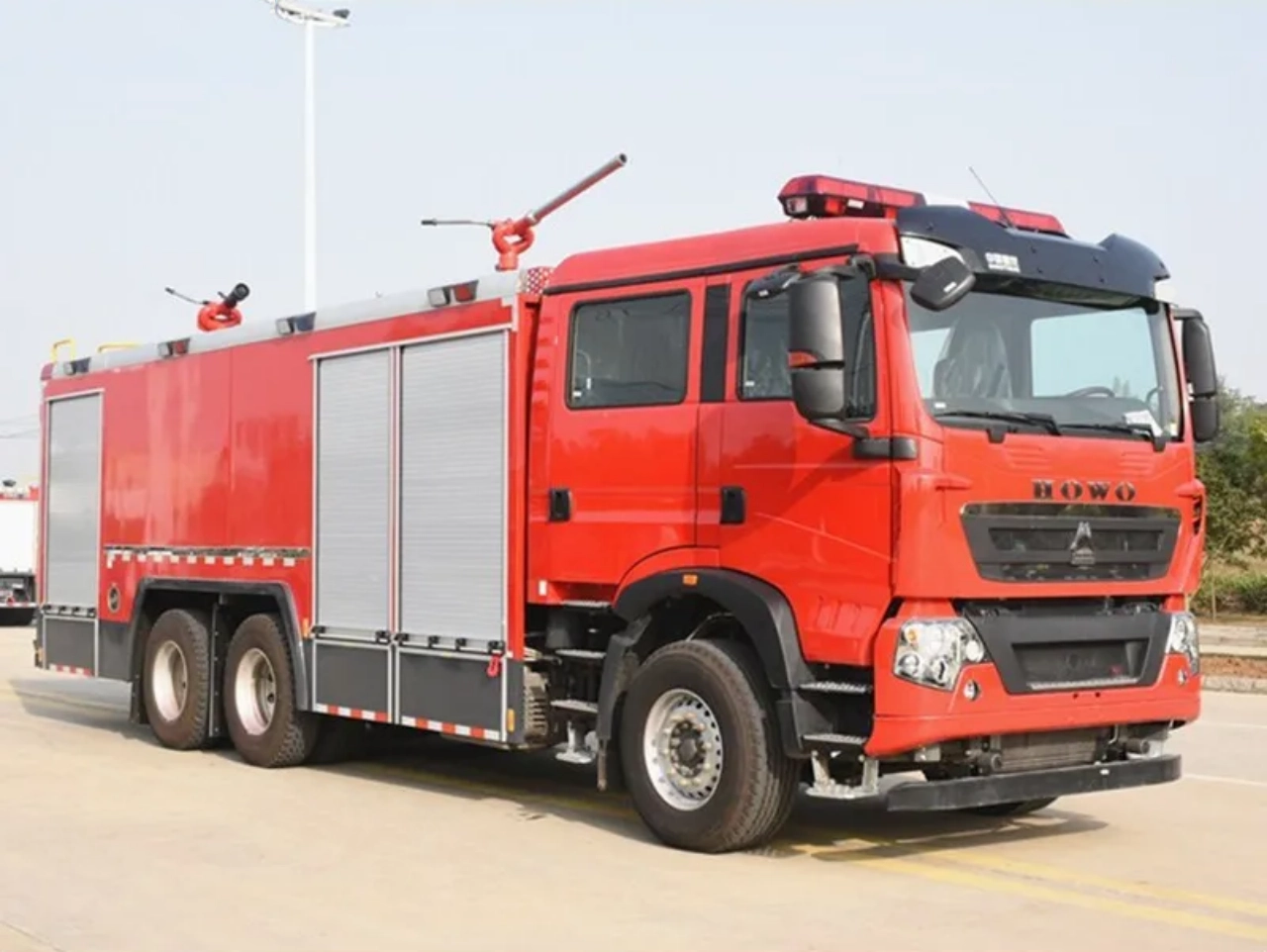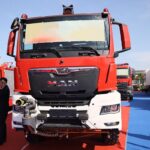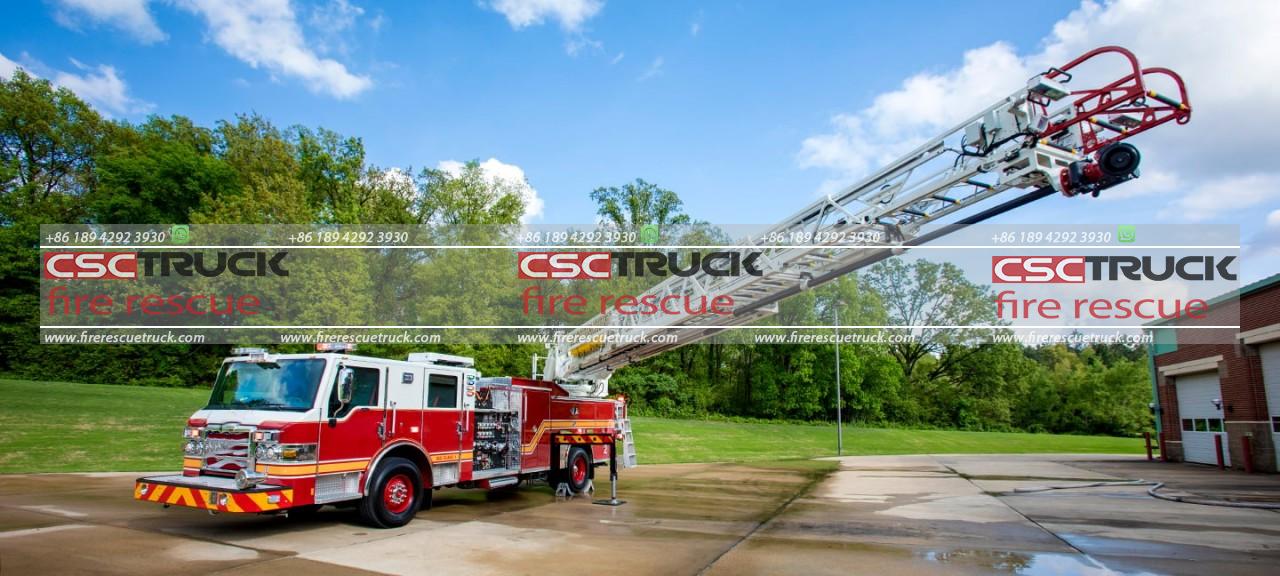Operating a fire engine is a highly responsible task that combines technical expertise, a thorough understanding of emergency protocols, and the ability to remain calm under pressure. Fire engines are more than just transport vehicles — they are mobile emergency response units equipped with water pumps, hoses, ladders, communication systems, and firefighting tools. Whether you’re an aspiring firefighter, a recruit, or simply curious about how these essential vehicles work, this article provides a detailed, step-by-step overview of how to operate a fire engine safely and effectively.
1. Understanding the Fire Engine
Before operating a fire engine, it’s essential to understand its main components and functions. Most fire engines fall into the following types:
- Type I/II Engines – Common in urban firefighting with pump capacities ranging from 1,000 to 1,500 GPM (gallons per minute).
- Aerial Ladder Trucks – Equipped with long, extendable ladders for high-rise rescue and water delivery.
- Tanker/Tender Trucks – Carry large volumes of water to areas with limited hydrant access.
- Wildland Engines – Designed for off-road capabilities in rural and forested areas.
Key systems on a fire engine include:
- Pump System – Distributes water from onboard tanks or external sources.
- Hose Lines – Deliver water to the fire scene.
- Water Tank – Stores water, typically between 500–1,500 gallons.
- Controls and Valves – Used to manage pressure, flow, and direction of water.
- Ladder Systems – May be mounted or extendable.
- Engine and Transmission – High-horsepower diesel engines suited for heavy loads.
2. Pre-Operation Safety Checks
Before driving or operating any part of the fire engine, a pre-operation inspection is critical:
- Vehicle Walkaround – Check tires, lights, mirrors, and doors.
- Fluid Levels – Confirm oil, coolant, brake, and hydraulic fluids are at proper levels.
- PTO and Pump Readiness – Inspect the pump panel, ensure the power take-off (PTO) is functional.
- Equipment Inventory – Verify that firefighting tools, hoses, nozzles, and medical gear are in place.
- Communication Equipment – Test radios and GPS for reliability.
- Emergency Lights and Sirens – Ensure warning systems are working correctly.
Routine maintenance and inspection logs should be up to date.
3. Driving the Fire Engine
Only certified and trained operators (Engineers or Driver/Operators) are allowed to drive a fire engine. Key points when driving include:
- Starting the Engine – Ensure all doors are closed, air brake pressure is within range (90-120 psi), and warning lights are off.
- Navigating Traffic – Use lights and sirens responsibly; Stop at red lights and proceed only when safe.
- Vehicle Dynamics – Understand that fire engines are heavy and require longer stopping distances and wider turns.
- Crew Safety – All passengers must wear seat belts. Communication between the crew and the driver is vital, especially when arriving at or leaving a scene.
Driving speed should be adapted to conditions and mission urgency.
4. Deploying the Fire Pump System
Once on scene, the operator must quickly engage the pump to deliver water. Here’s how it’s typically done:
- Engage the Parking Brake – Secure the vehicle.
- Shift to Pump Gear – Switch the transmission from road to pump gear using the PTO lever or switch.
- Throttle Up – Increase engine RPM to supply the required water pressure.
- Select Water Source:
- Onboard Tank – Start flow from the water tank for immediate action.
- Hydrant or External Source – Connect supply hose to intake valve, charge the line, and open valve.
- Open Discharge Valves – Send water to attack lines.
- Monitor Pressure – Maintain a stable operating pressure, usually between 100–150 PSI, depending on the hose line.
- Use Pressure Relief Valves – Prevent pressure spikes, which can be dangerous to hose teams.
Operators must remain at the pump panel to adjust flow as necessary and monitor gauges for water level, pump pressure, and engine temperature.
5. Managing Equipment and Hoses
Efficient hose management is crucial to successful firefighting:
- Pulling Hose Lines – Deploy pre-connected hose lines for speed.
- Laying Supply Lines – Secure water supply from hydrants with large-diameter hose (LDH).
- Monitoring Nozzle Flow – Operators communicate with hose teams to ensure they receive consistent pressure.
- Managing Tools – Ladders, axes, forcible entry tools, and thermal imagers should be quickly handed off to the right teams.
Always coordinate with the Incident Commander or company officer for equipment needs.
6. Aerial Operations (if applicable)
If the fire engine includes an aerial ladder or platform:
- Stabilize the Truck – Deploy outriggers to level the vehicle.
- Power Up the Aerial System – Often requires hydraulic or electric power.
- Position the Ladder – Rotate, extend, and elevate toward the desired target.
- Monitor Wind and Weight – Ensure the ladder stays within safe operational limits.
- Use Waterway (if present) – Operate a master stream from the ladder nozzle, adjusting flow and direction as needed.
Only trained personnel should operate aerial devices due to the risks involved.
7. Post-Incident Procedures
After the fire is controlled, the operator’s responsibilities are not over. They include:
- Shutdown the Pump – Gradually reduce throttle, disengage PTO, and close all valves.
- Drain and Flush System – Prevent freezing or corrosion.
- Repack Hoses – Dry and neatly repack hose beds.
- Refill Water Tank – From hydrant or station supply.
- Replenish Equipment – Replace any used tools or medical supplies.
- Debrief and Report – Assist in post-incident review and update vehicle logs.
All systems should be returned to a ready state for the next emergency.
8. Training and Certification
Operating a fire engine is not something learned overnight. Formal training includes:
- EVOC (Emergency Vehicle Operator Course) – Covers high-speed driving and safety.
- Pump Operations Classes – Teaches hydraulics, pressure regulation, and troubleshooting.
- Manufacturer-Specific Training – Some departments train on specific brands or models.
- Hands-On Drills – Live-fire and simulated exercises.
Most fire departments require operators to pass written tests, skills evaluations, and driver assessments before certification.
Conclusion
Operating a fire engine is a complex, demanding task that blends mechanical skill with emergency response coordination. From the moment the call is received to the final equipment check post-incident, every action must be executed with precision and care. Fire engine operators play a pivotal role in ensuring water delivery, crew safety, and operational success at the scene of a fire. Through rigorous training, disciplined practice, and clear communication, these professionals keep communities safe and emergencies under control.
